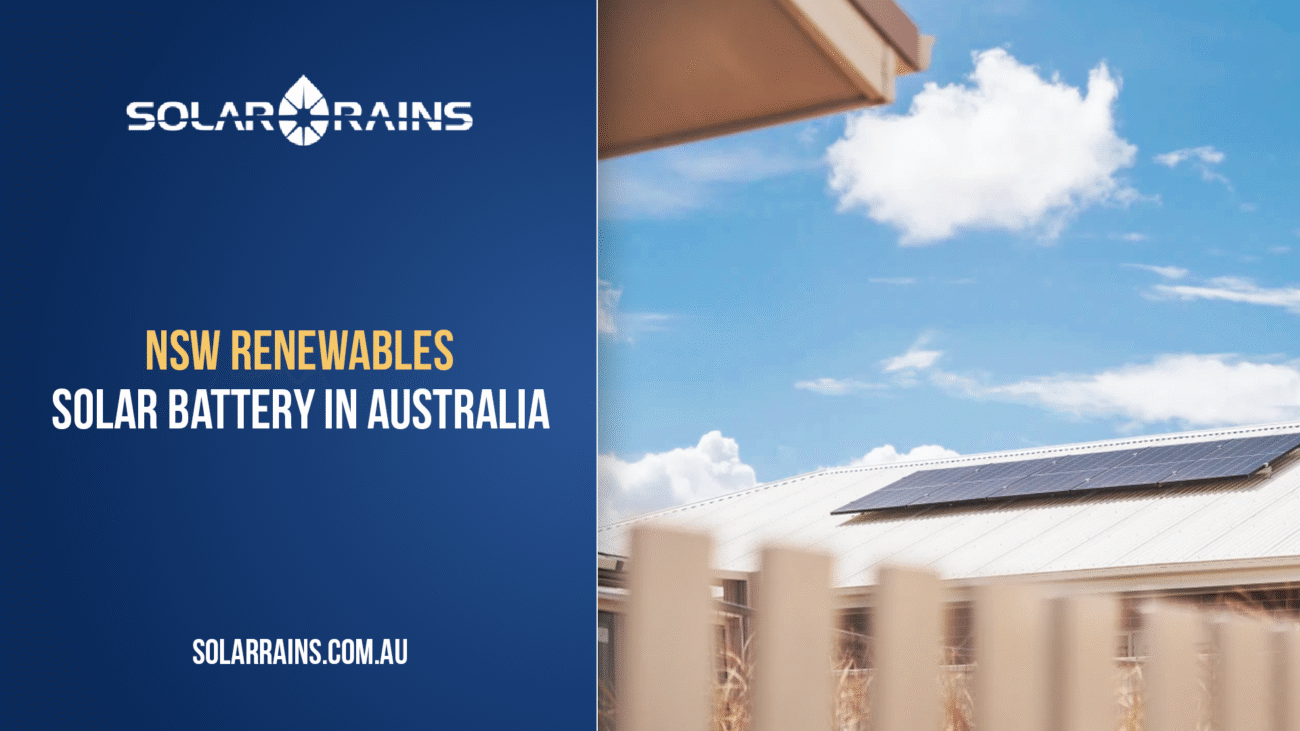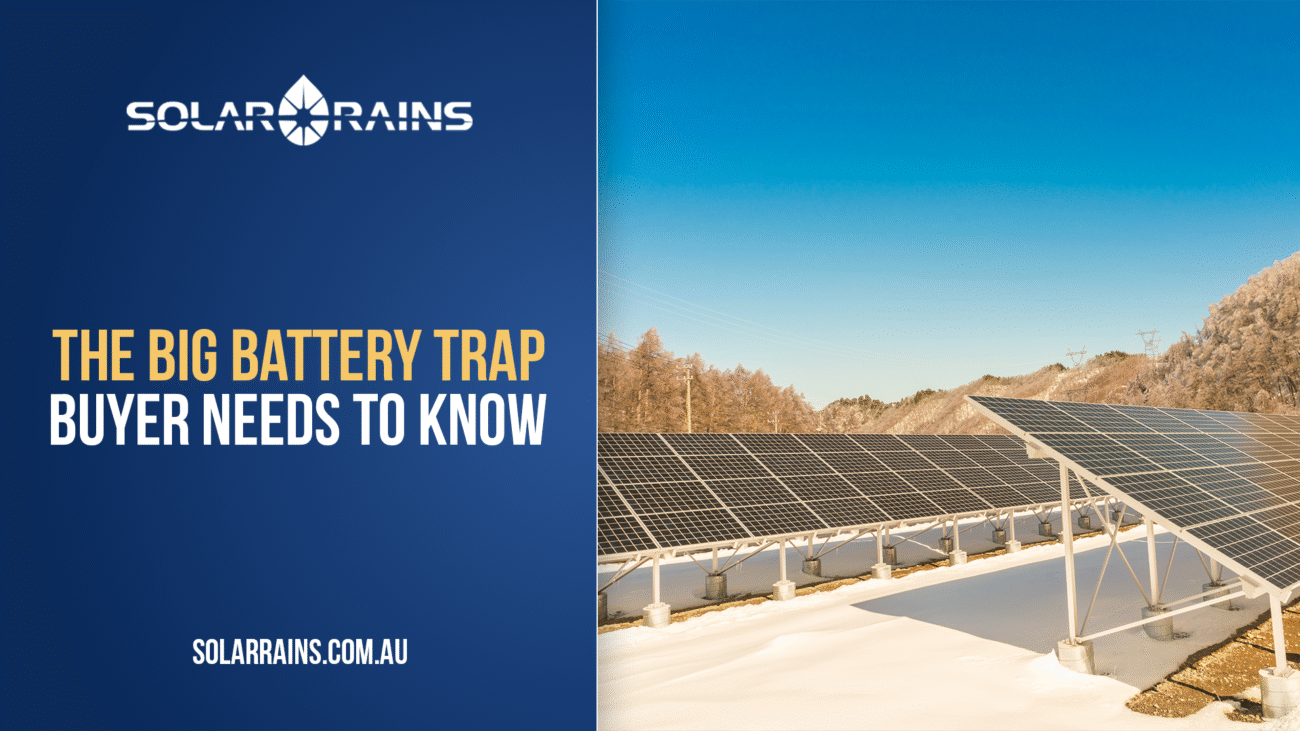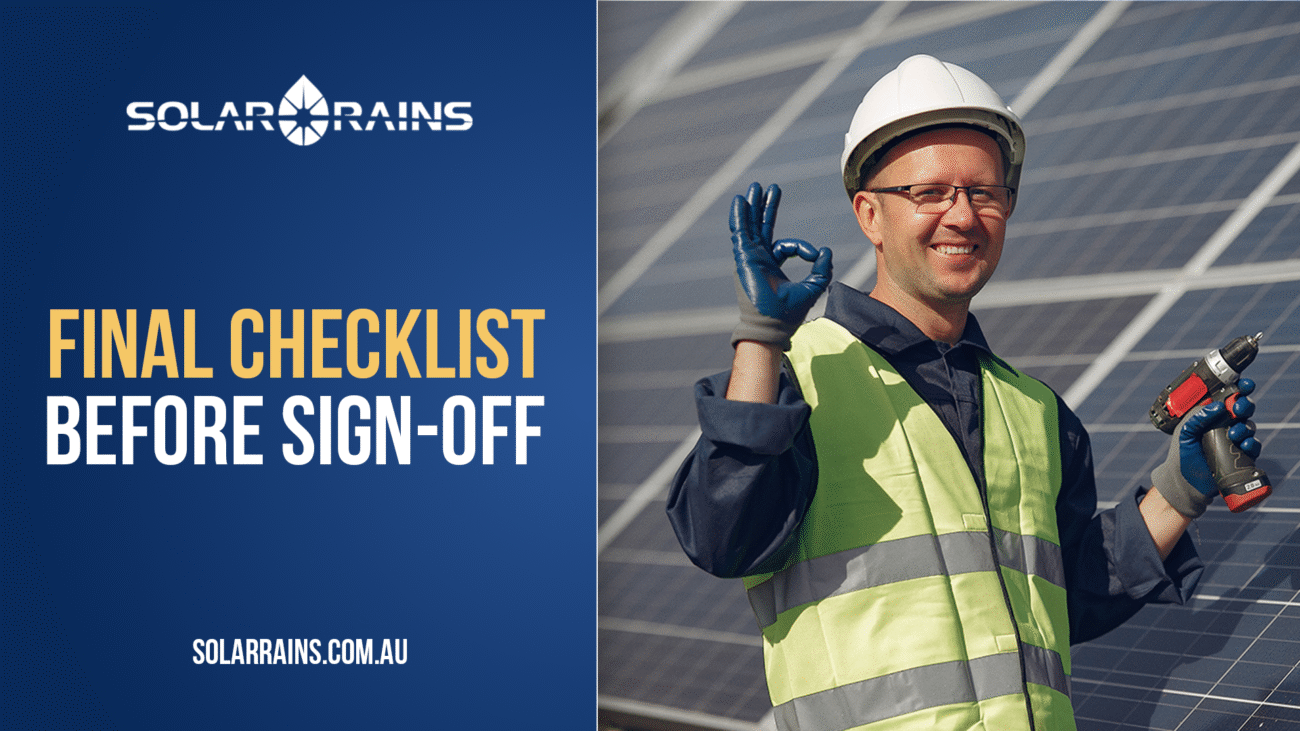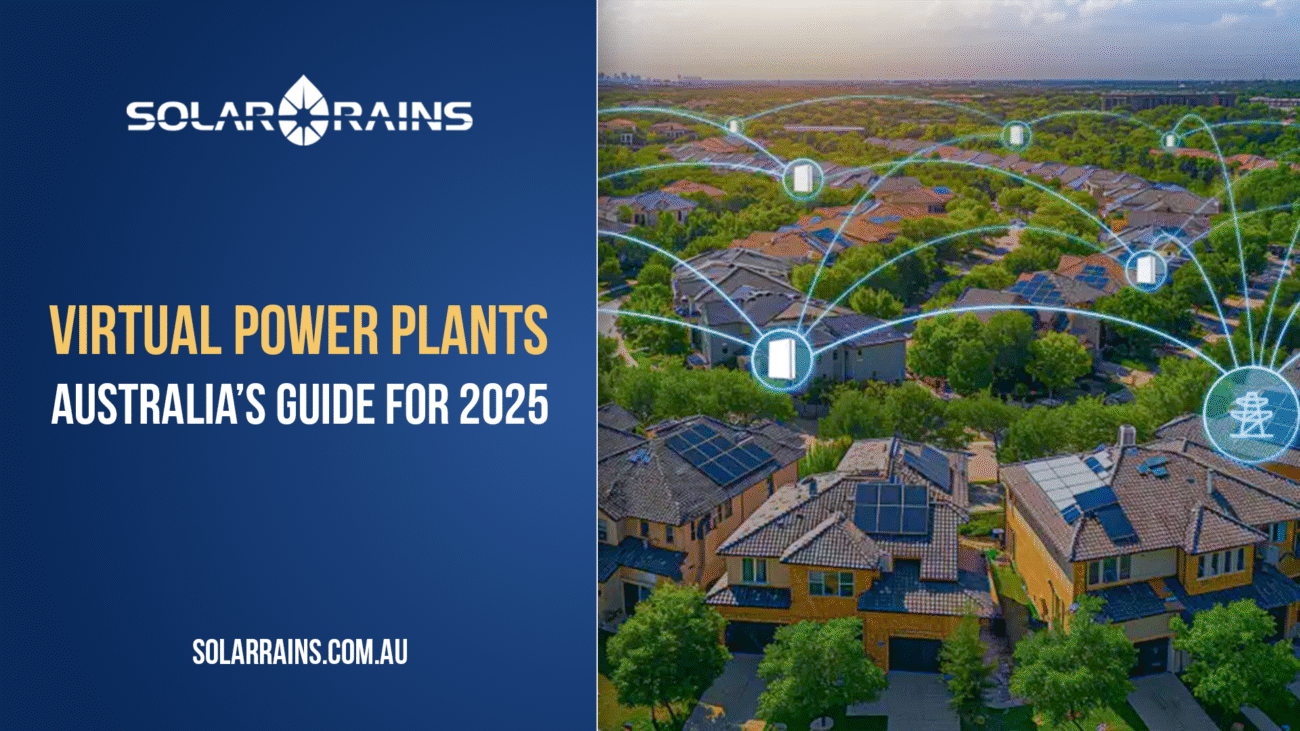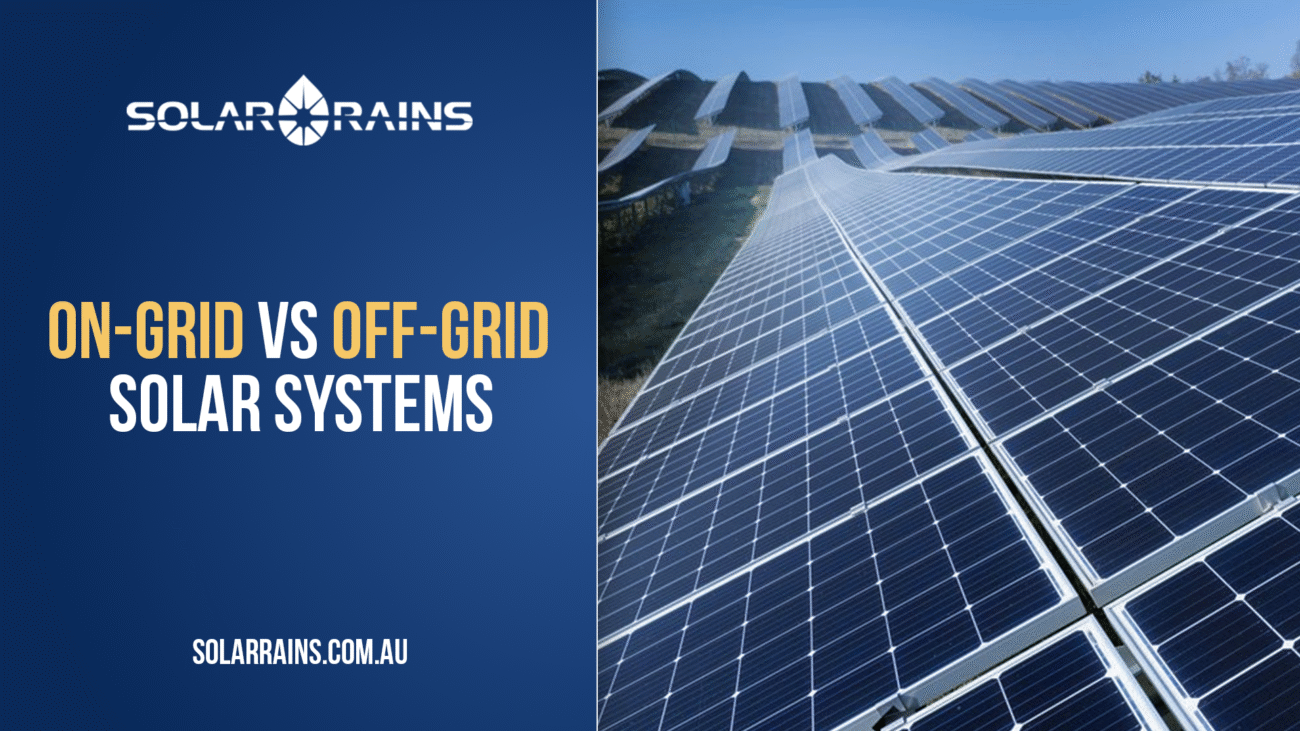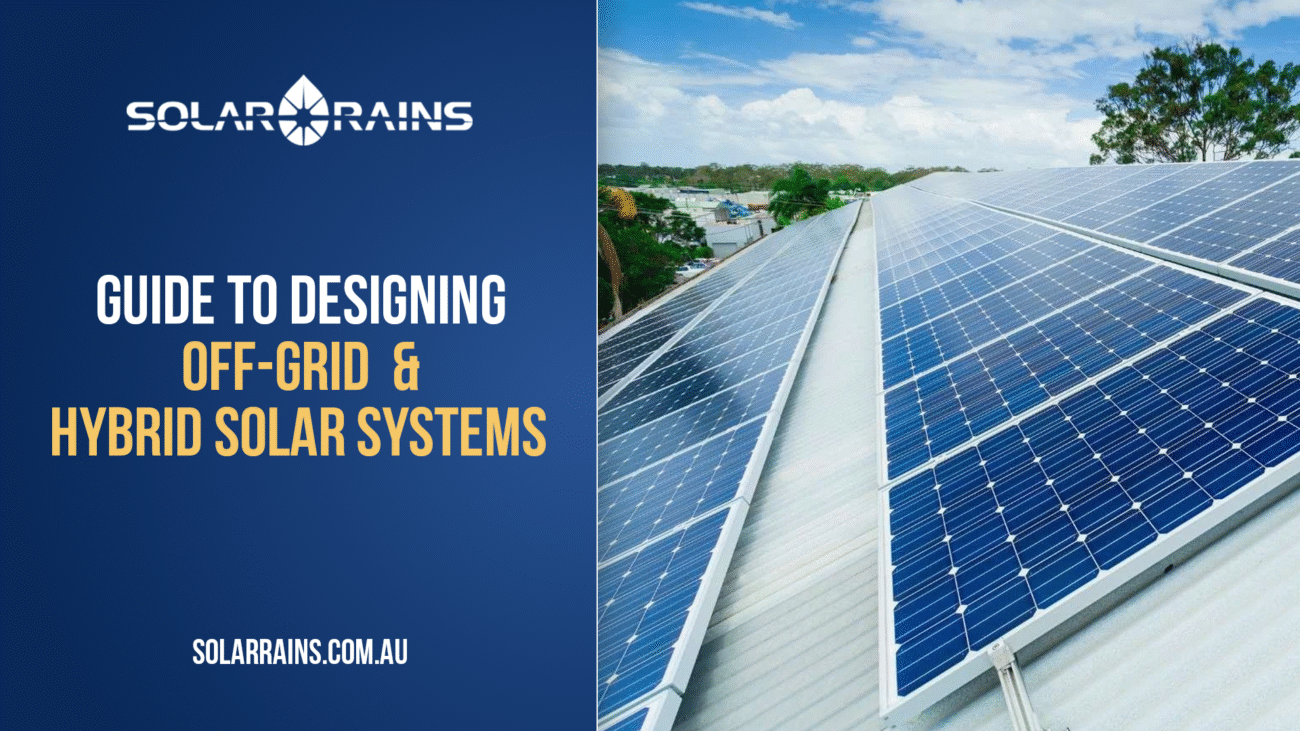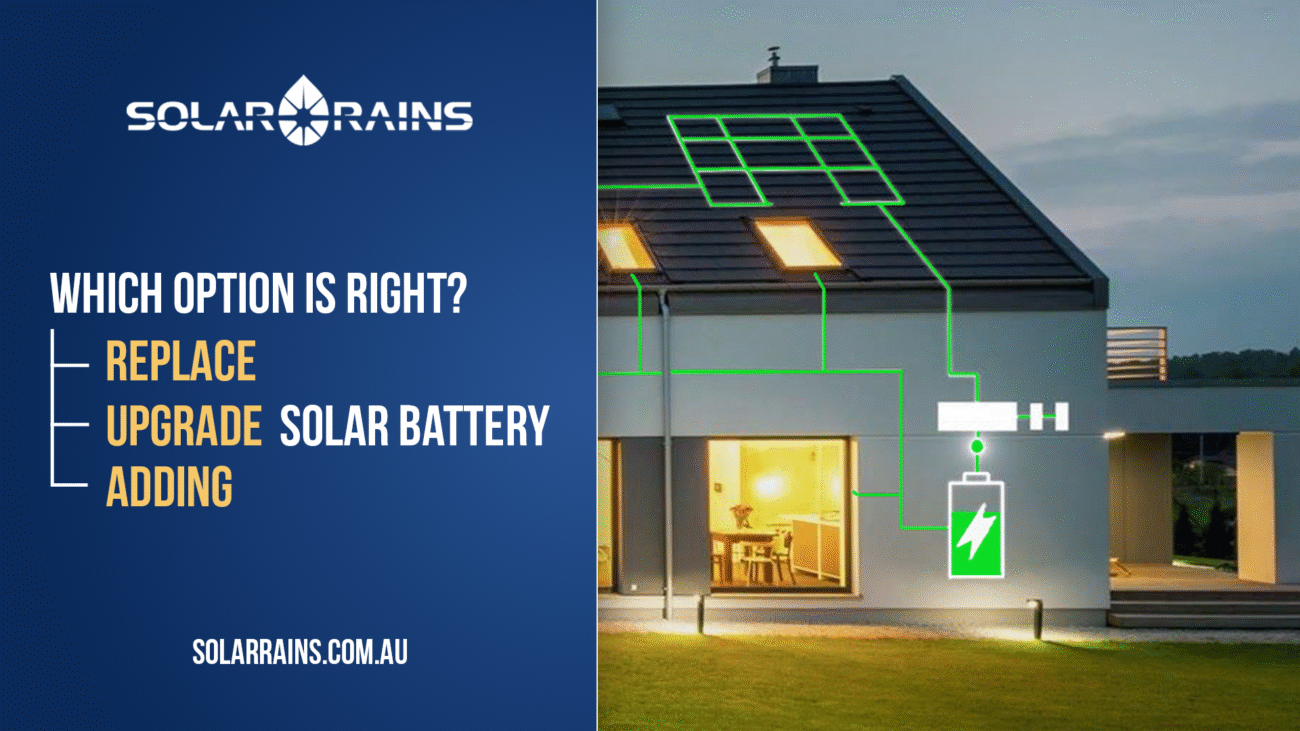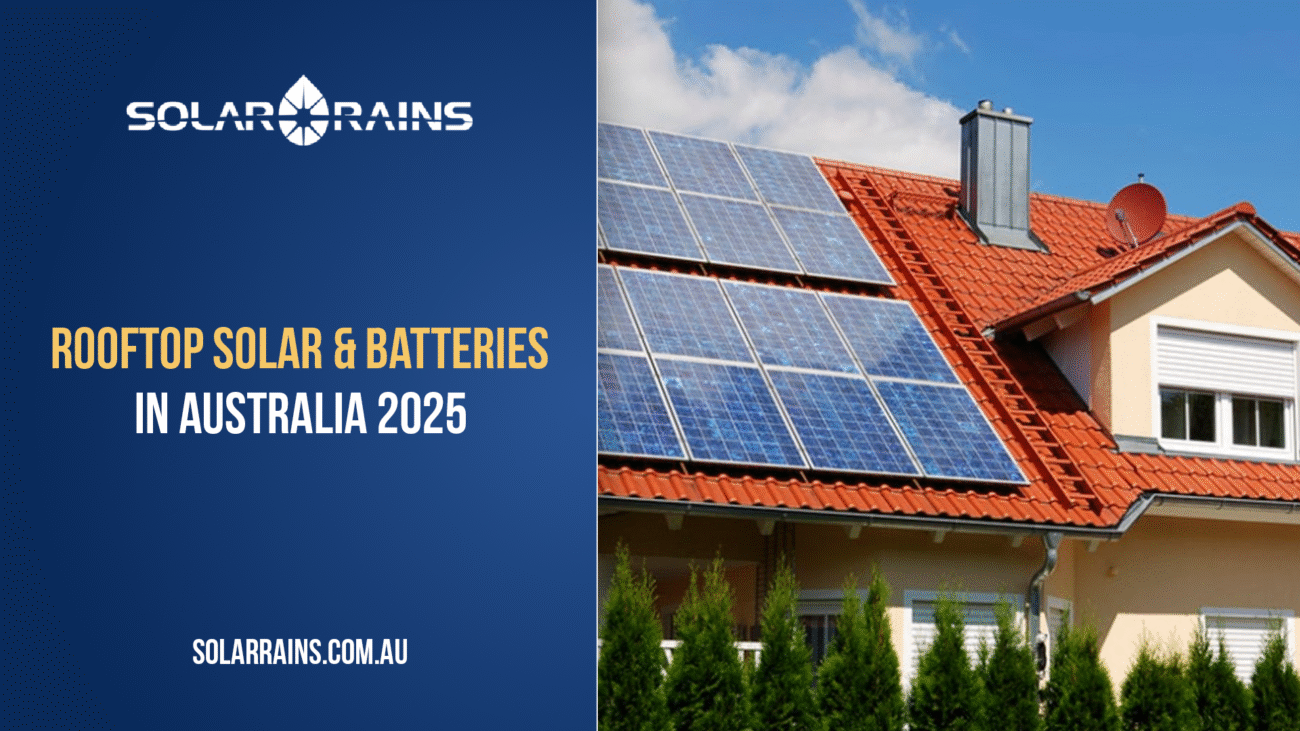Introduction: A Big Week for NSW Renewables
New South Wales (NSW) is at the forefront of Australia’s renewable energy transition, and recent developments signal a turning point for the integration of solar batteries and large-scale energy storage into the grid.
This week, the NSW energy sector celebrated the simultaneous start of the HumeLink transmission project and the approval of two major renewable energy projects: Forbes Solar Farm and Pottinger Wind Farm. These projects not only increase the state’s renewable energy capacity but also incorporate Battery Energy Storage Systems (BESS), highlighting the critical role of solar batteries in modern electricity infrastructure.
With electricity prices rising and energy demand becoming increasingly unpredictable, homeowners and businesses can benefit immensely from understanding how these technologies work and the policies supporting them.
HumeLink: Strengthening the Grid

The HumeLink transmission project is a 365-kilometer high-voltage line that will strengthen the southern portion of the National Electricity Market (NEM).
Key Points:
- Purpose: Reinforce the grid as solar and wind generation increases in southern NSW.
- Progress: 98.9% of private landholders have agreed to land access and easements, clearing the way for construction.
- Impact: By connecting distributed renewable energy sources, HumeLink will support more solar battery integration and grid stability, reducing blackouts and helping manage electricity demand.
HumeLink exemplifies how infrastructure upgrades are essential to enable the efficient use of solar batteries and ensure that rooftop solar and large-scale projects can contribute reliably to the grid.
Forbes Solar Farm: Solar Batteries for Homes
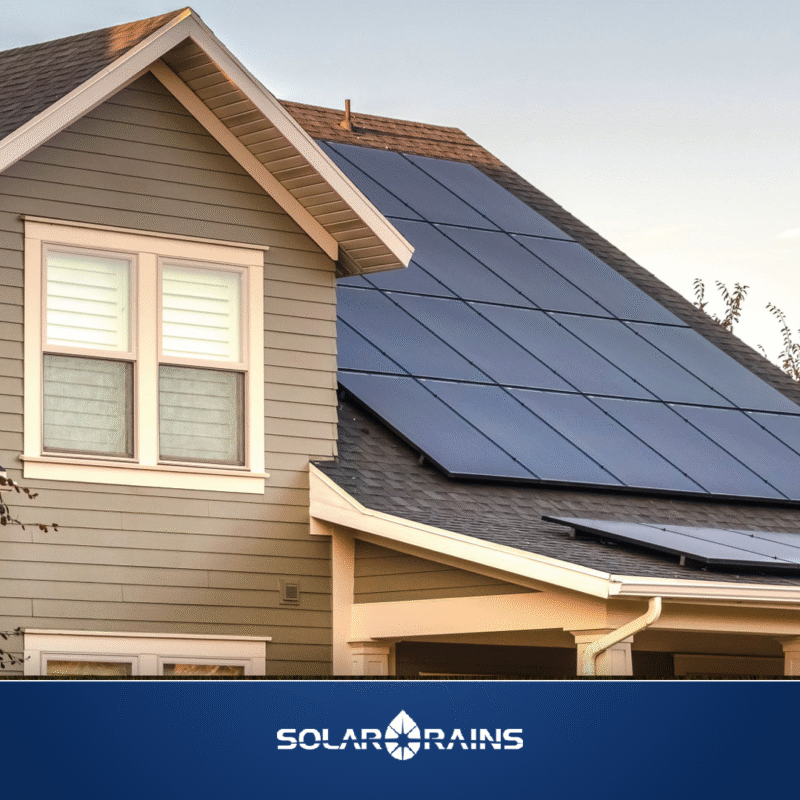
Project Overview:
- Capacity: 141 MW from 196,000 solar panels
- Battery Storage: 480 MW BESS, capable of powering up to 60,000 homes for four hours at peak demand
- Location: Forbes, NSW
- Land Use: Built on disturbed agricultural land with minimal native vegetation
Significance:
The Forbes Solar Farm demonstrates how solar batteries combined with rooftop solar and large-scale arrays can:
- Stabilize energy output for residential consumption
- Reduce reliance on grid electricity
- Cut electricity bills for thousands of households
Federal Minister for the Environment and Water, Murray Watt, emphasized the project’s planning approach and its benefits for local employment and investment.
Pottinger Wind Farm: High-Capacity Battery Integration
Project Overview:
- Capacity: 1,300 MW from 247 turbines
- Battery Storage: 500 MW BESS
- Location: Between Hay and Deniliquin, NSW
Community and Grid Benefits:
- Supports 900 construction jobs and 50 ongoing operational roles
- Upgrades and improves local roads for transport of turbine components
- Provides clean, reliable energy to Riverina and surrounding regions
- Integrates large-scale solar batteries to store excess wind energy and supply electricity during peak demand
The Pottinger Wind Farm shows how BESS systems in commercial-scale projects can simultaneously support local economies and the renewable energy grid.
How Solar Batteries Are Transforming Energy Usage
Solar batteries are no longer limited to rooftop installations; they are now integral to utility-scale and community projects.
For Homes
- Backup Power: Keeps essential appliances running during blackouts
- Energy Savings: Allows self-consumption of solar energy, avoiding high electricity tariffs
- Time-of-Use Optimization: Batteries can discharge during peak pricing periods, reducing bills
For Businesses
- Peak Shaving: Reduces demand charges by using stored solar or wind energy
- Energy Security: Critical for operations sensitive to grid reliability, such as manufacturing, healthcare, or IT services
- Environmental Compliance: Supports ESG goals and sustainability targets
Grid Benefits
- Load Management: Solar batteries smooth demand fluctuations
- Renewable Integration: Allows for higher percentages of solar and wind energy in the energy mix
- Reduced Emissions: Batteries reduce the need for fossil fuel generation during peak times
Policy Support for Solar Batteries
Government policies are central to accelerating battery adoption:
- Cheaper Home Batteries Program: Federal rebate providing ~30% discount for eligible households and small businesses
- Small-scale Renewable Energy Scheme (SRES): Supports rooftop solar installations and battery integration
- State Programs: NSW and Victoria offer incentives for multi-unit dwellings and commercial-scale batteries
These programs ensure that solar batteries are accessible to both homeowners and apartment renters, promoting equitable energy access across demographics.
Case Studies: BESS Impact
Forbes Solar Farm
- BESS Capacity: 480 MW
- Homes Powered: 60,000 at peak demand
- Outcome: Combines renewable generation with storage to meet evening electricity demand
Pottinger Wind Farm
- BESS Capacity: 500 MW
- Integration: Wind energy stored and released during peak demand
- Community Impact: Creates jobs and infrastructure improvements
These examples highlight the scalability of solar batteries and their role in stabilizing renewable energy output.
Benefits of Solar Batteries for Australian Households and Businesses
| Benefit | Residential | Business |
| Backup Power | ✔ | ✔ |
| Electricity Bill Savings | ✔ | ✔ |
| Peak Shaving | ✖ | ✔ |
| Grid Reliability Support | ✔ | ✔ |
| Environmental Impact | ✔ | ✔ |
| Rebates & Incentives | ✔ | ✔ |
Key Takeaways:
- Homes benefit from reduced electricity costs and energy independence
- Businesses benefit from operational resilience, reduced peak demand charges, and sustainability compliance
Future Outlook: Expanding Solar Battery Adoption
- Virtual Power Plants (VPPs): Connecting distributed solar batteries to provide grid services
- Community Batteries: Sharing storage across multiple households or buildings
- Smart Monitoring: Advanced software allows homeowners and businesses to optimize battery usage
- Integration with Large-Scale Renewables: Solar batteries will continue to complement solar farms and wind projects, ensuring stable and predictable energy supply
Solar Rains Solutions: Residential and Commercial Batteries
Residential Options:
Commercial & Industrial Options:
Benefits:
- Store energy from rooftop solar or grid
- Reduce electricity costs
- Backup power during blackouts
- Participate in VPP programs
FAQs
They store solar energy for use during peak rates, reducing the need to buy expensive grid electricity.
Yes, via programs like shared rooftop installations or community battery projects.
Lithium-ion batteries typically last 10-15 years, depending on cycles and maintenance.
Yes. Programs like SRES and Cheaper Home Batteries Program provide rebates to reduce installation costs.
Yes, if installed with backup functionality, batteries can supply electricity when the grid is down.

